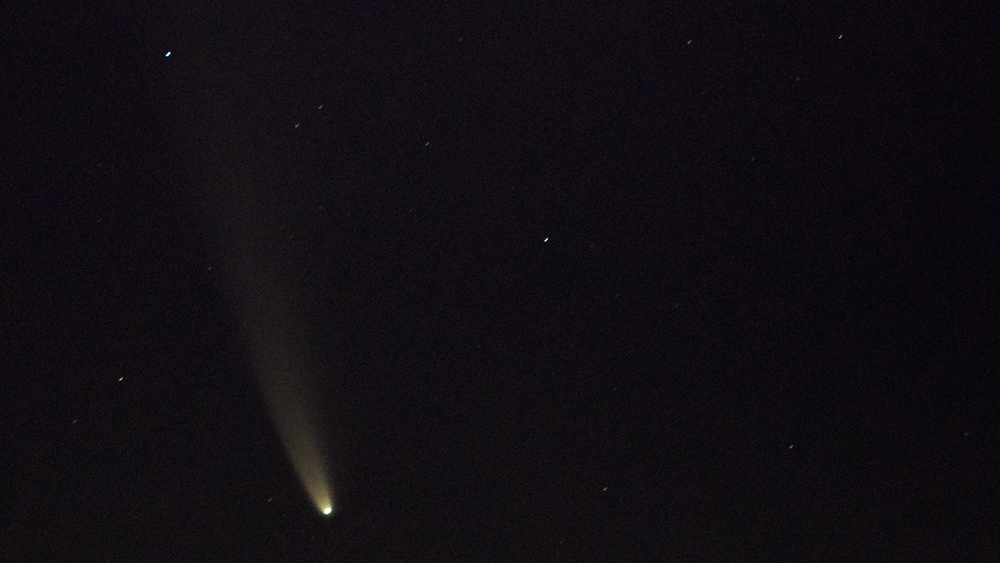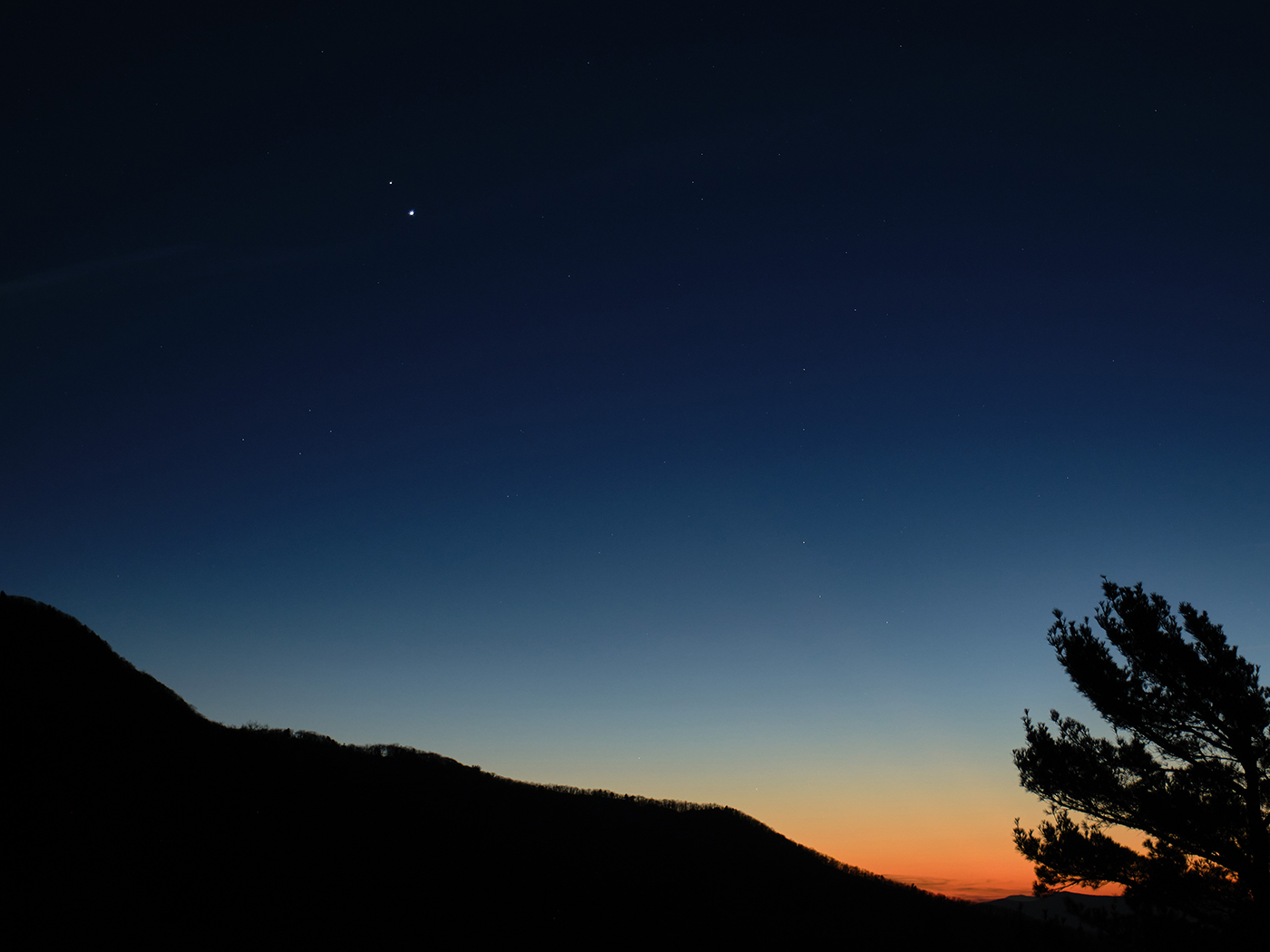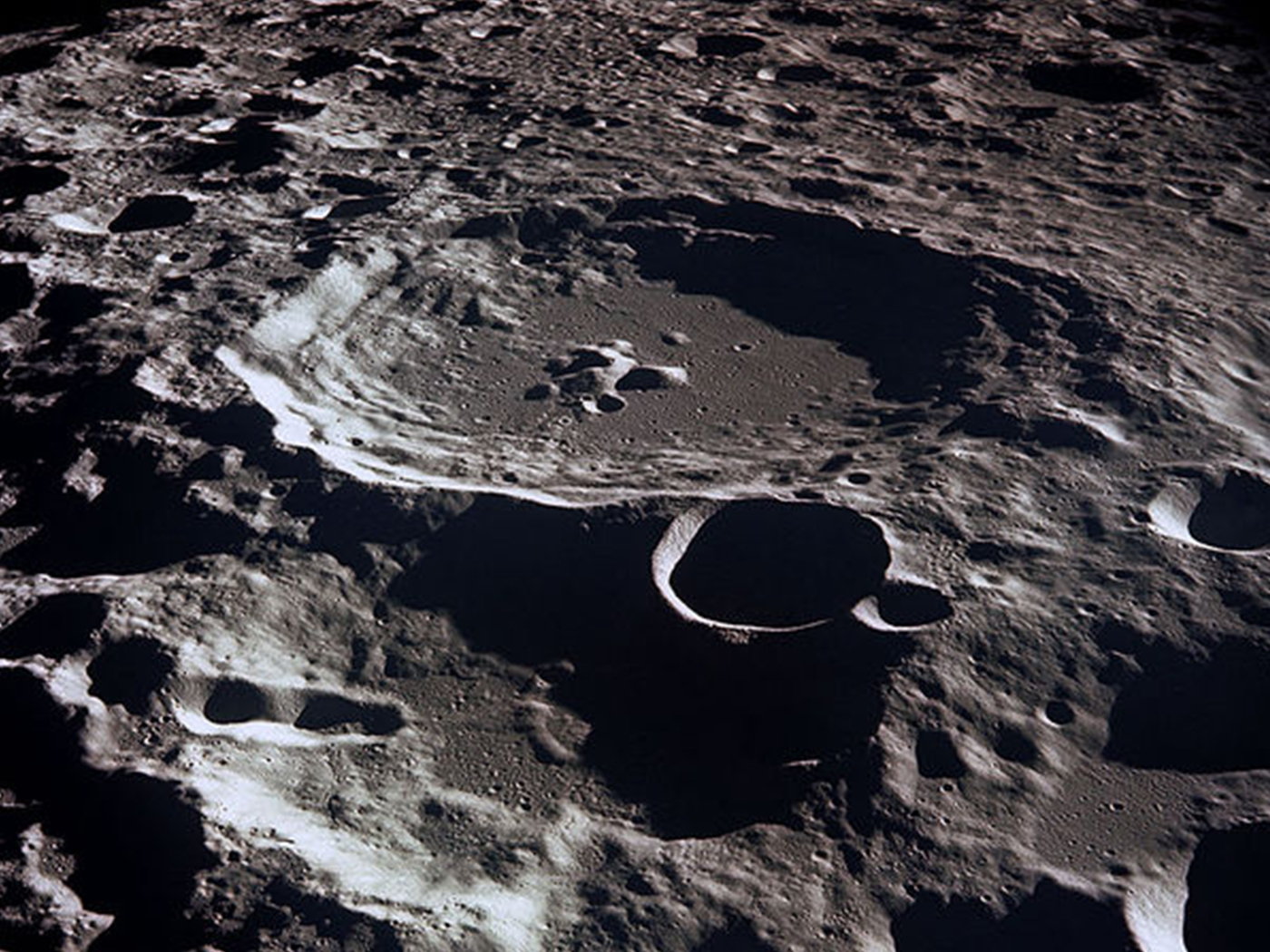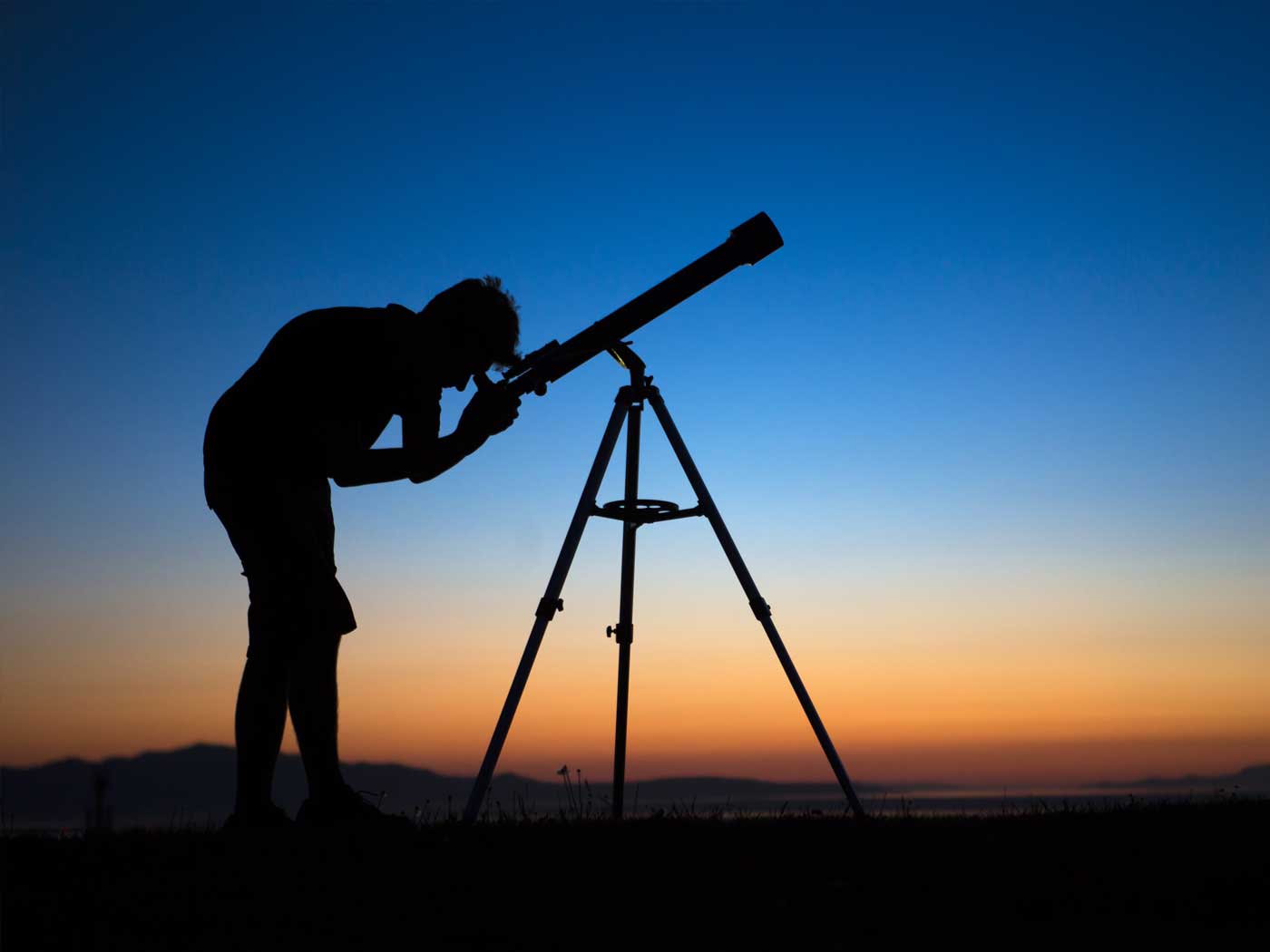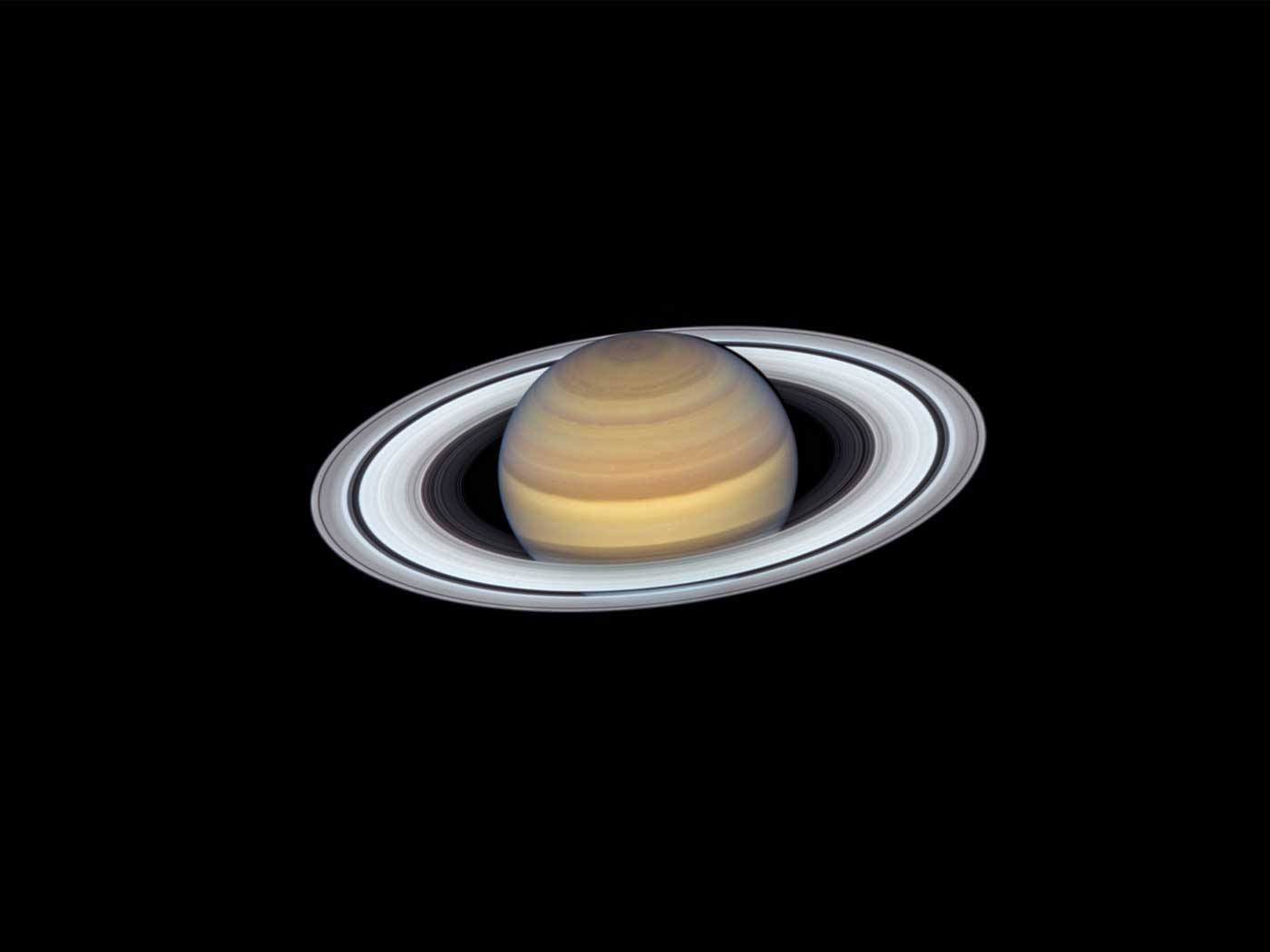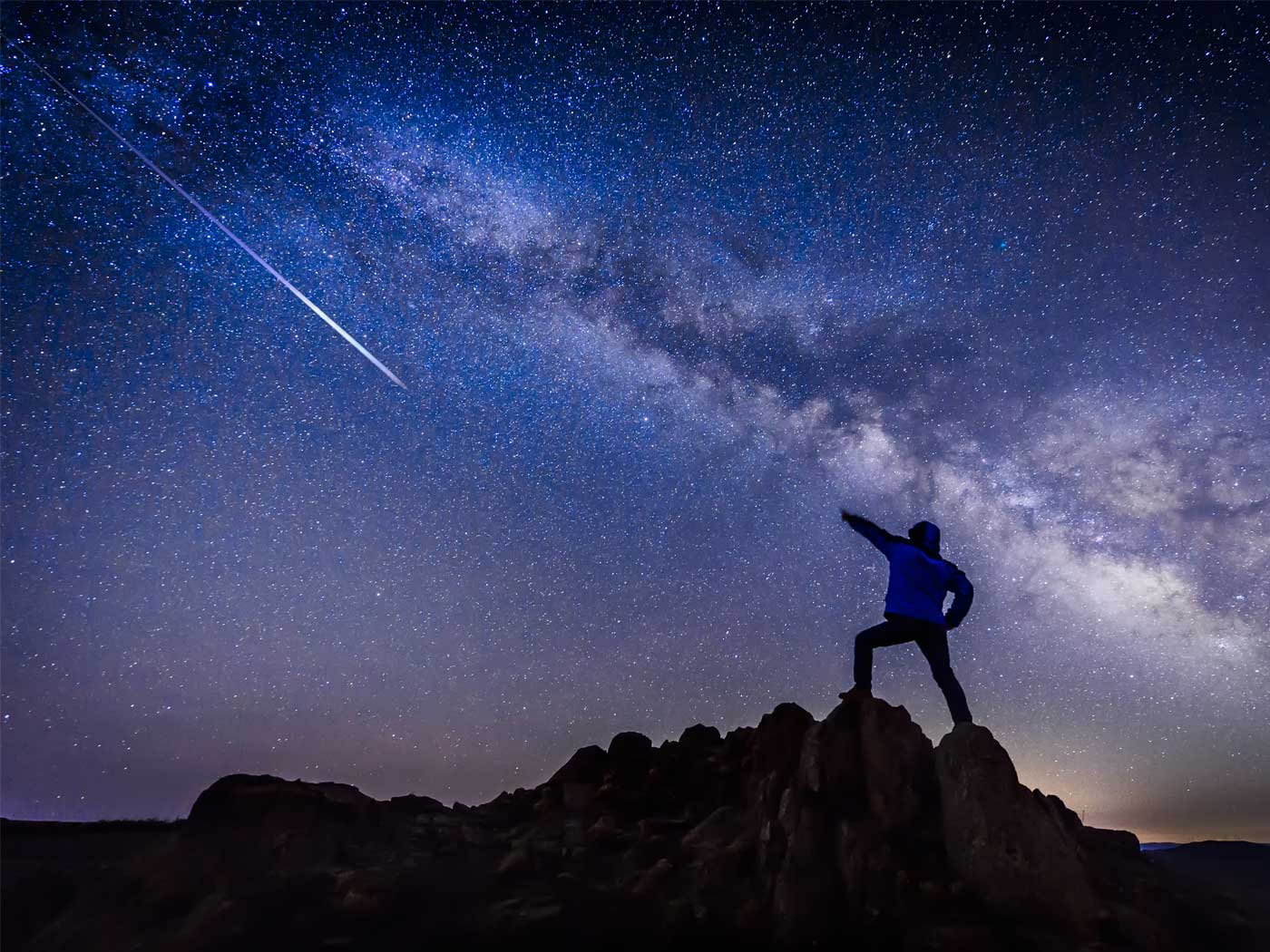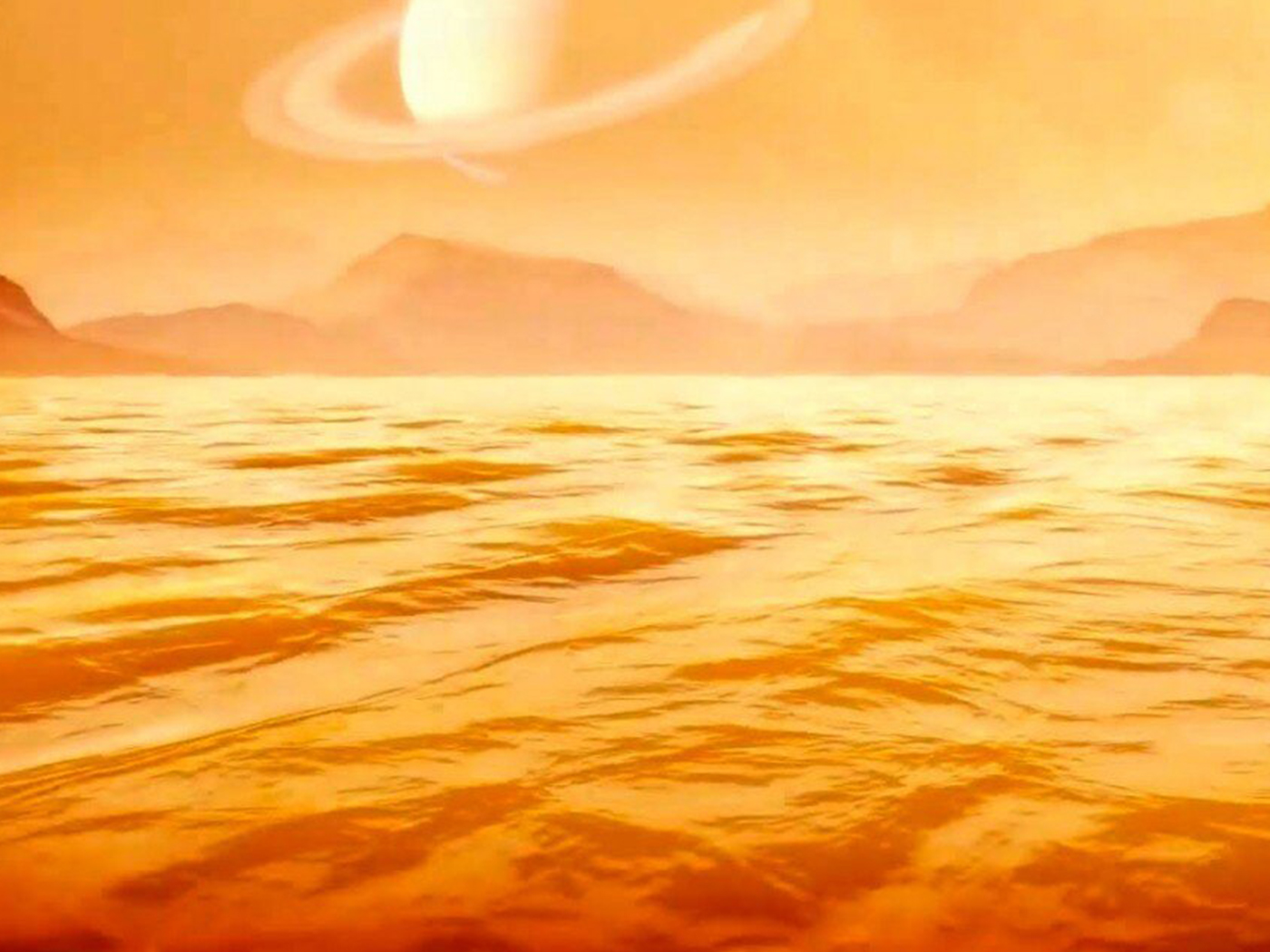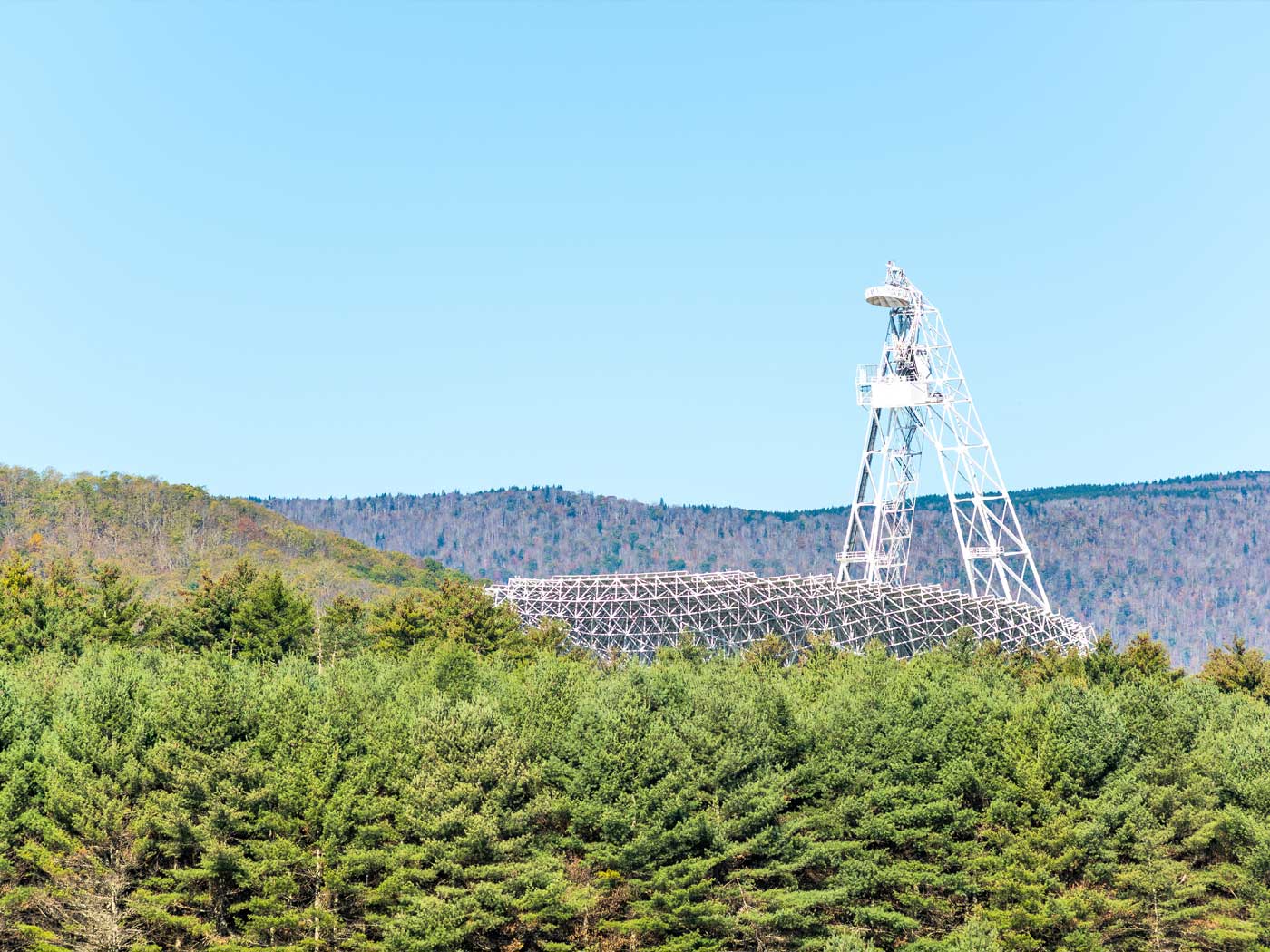This comet has been dubbed NEOWISE, because it was discovered by the Near-Earth Object Wide-Field Infrared Survey Explorer (NEOWISE) space telescope in March. Although the comet might be visible to the naked eye, you may need a pair of binoculars first to find it, and then to observe the comet’s two tails.1 However, it might be possible to see the comet even under less-than-ideal conditions. One creation astronomer was able to see the comet even with a bright moon and light-polluted skies.3
Comet NEOWISE now is putting on a good show in both the low, northeastern, pre-dawn sky and the low, northwestern, evening sky. However, starting next week, viewing should be best in the evening.4 If the comet survives, it will make its closest approach to Earth around July 22 or 23 when it could present a good view for observers.2
Comet NEOWISE last approached the Earth about 4,500 years ago, which means it could have been seen by biblical patriarchs like Noah!3
Comets with orbital periods of greater than 200 years are called “long period comets,” and secular astronomers claim they originate from an enormous reservoir of billions of potential comet nuclei called the Oort cloud. However, even the famous secular astronomer Carl Sagan acknowledged that there was zero observational evidence for the Oort Cloud’s existence.5 Secular scientists hypothesize the Oort cloud’s existence because they realize that comets typically only remain visible for thousands or tens of thousands of years. After this amount of time, their volatile materials are exhausted, and they can no longer form the long, beautiful tails for which they are famous. Since secular scientists think the solar system is billions of years old, they believe that this reservoir of potential comet nuclei must continually replenish the solar system with new long-period comets. Creationists, on the other hand, point out that an Oort cloud really isn’t necessary if the solar system is just 6,000 years old.
The lack of evidence for the Oort cloud is only its most obvious problem. In 2010, secular scientists acknowledged that, even if the Oort cloud exists, it can’t provide enough long-period comets to keep our solar system “stocked” for billions of years.6 Perhaps for this reason, scientists have made major revisions to the theory. However, like the Oort cloud itself, this newer version of the theory is highly speculative, with no hard evidence to back it up.6,7
In 2010, NASA’s Deep Impact spacecraft provided even more dramatic evidence that comets are young.8 Its observations of the peanut-shaped Comet Hartley 2 showed that carbon dioxide is escaping from the comet nucleus. This shocked secular scientists.
[Comet Hartley 2’s] nucleus contains an abundance of carbon dioxide (CO2—or, in solid form, dry ice). This is a volatile material—it burns [or “vaporizes”] easily—and so scientists would expect much more of it to have burned away in the 4.5 billion years since the comet formed along with the rest of the solar system.9
Of course, if Comet Hartley 2 is just thousands of years old, rather than billions, its continued loss of carbon dioxide is much easier to explain.10
So may the Lord grant you clear skies in the weeks ahead so that you can get a good look at Comet NEOWISE. And remember, comets are a reminder that our solar system is young!
References
1. Hershberger, S. Comet NEOWISE Could Be Spectacular: Here’s How to See It. Scientific American. Posted on scientificamerican.com July 9, 2020, accessed July 9, 2020.
2. Irizarry, E. For those at northerly latitudes, Comet NEOWISE up in the evening now, too. EarthSky. Posted on earthsky.org July 12, 2020, accessed July 13, 2020.
3. Faulkner, D. A Bright Comet Graces the Morning Sky. Answers in Genesis. Posted on answersingenesis.org July 8, 2020, accessed July 9, 2020.
4. Comet NEOWISE in the Evening Sky. Spaceweather.com. Posted on spaceweather.com July 13, 2020, accessed July 13, 2020.
5. Druyan, A. and C. Sagan. 1985. Comet. New York: Random House, 398.
6. Coulter, D. The Sun Steals Comets from Other Stars. NASA. Posted on science.nasa.gov November 23, 2010, accessed July 8, 2020.
7. Thomas, B. New Comet Origins Idea Adds New Problem. Creation Science Update. Posted on ICR.org December 9, 2010, accessed July 8, 2020.
8. Comet 103P/Hartley (Hartley 2). NASA. Updated on solarsystem.nasa.gov December 19, 2019, accessed July 9, 2020.
9. Wolchover, N. Quirky Comet Hartley 2 Confounds Theories on Early Solar System. Space.com. Posted on space.com June 16, 2011, accessed July 8, 2020.
10. Thomas, B. Young Comet Challenges Solar System Formation Story. Creation Science Update. Posted on ICR.org June 28, 2011, accessed July 8, 2020.
*Dr. Jake Hebert is Research Associate at the Institute for Creation Research and earned his Ph.D. in physics from the University of Texas at Dallas.




